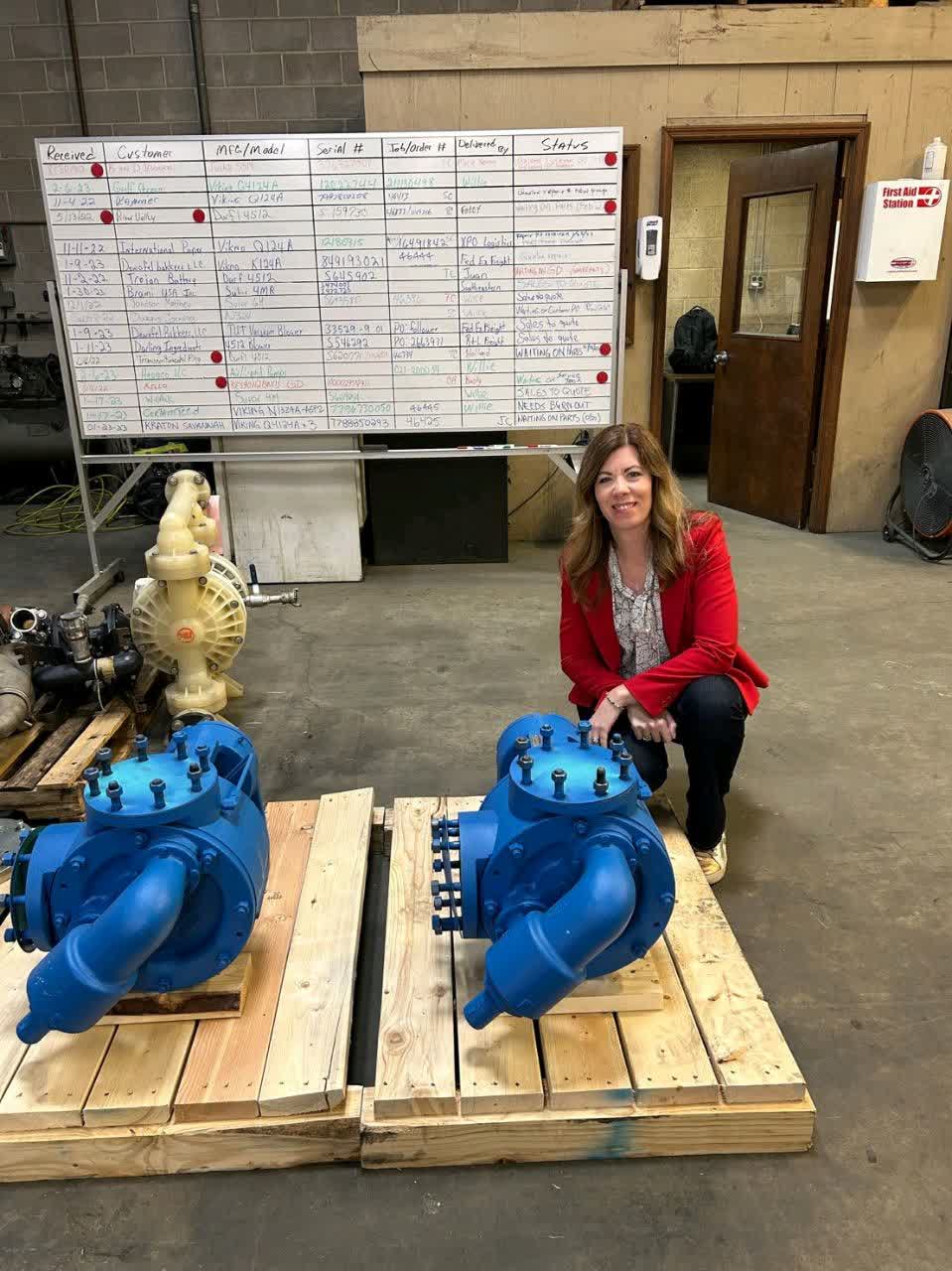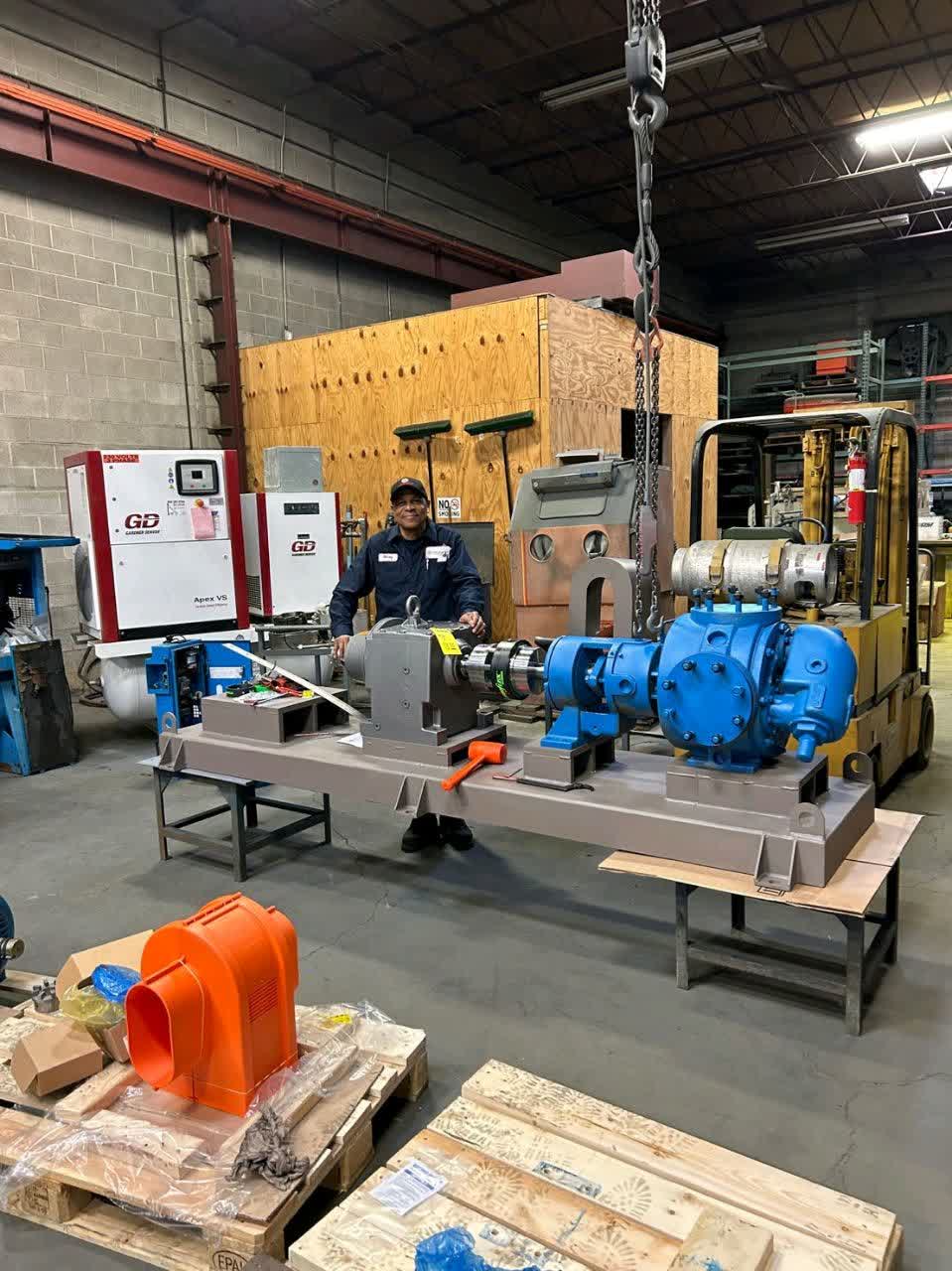In this article, the goal is to briefly discuss the difference and applications of internal gear pump and external gear pump, but first, it is necessary to provide information about these two products, which is suggested to the articles that are about internal gear pump and external gear pump . A separate form has been published, refer to it.

The difference between an internal gear pump and an external gear pump
- The first and most important difference between the internal and external gear pump is the noise level of the internal gear pump, which is much less than the external gear pump.
- The cost of the external gear pump is lower than the internal gear pump.
- The internal gear pump is more suitable for pumping fluids with high viscosity and the external gear pump is more suitable for pumping fluids with medium viscosity.
- The internal gear pump can be used with standard motors and its direction is counter-clockwise, but the external gear pump can be used with both clockwise and counter-clockwise motors.
- The internal gear pump is capable of rotating in both directions for pumping, while the external gear pump is capable of rotating in both directions if simple gears are used in it.
- The external gear pump has a cheaper and simpler structure and design than the internal gear pump.
- The external gear pump is able to maintain more pressure and flow rate than the internal gear pump.
- The internal gear pump has more suction capacity than the external gear pump, that is why it is suitable for fluids with higher viscosity.
- The internal gear pump is more suitable for fluids containing solid pieces, that is why it is more used in some industries such as the food industry.
Application of internal and external gear pump
| External gear pump | Internal gear pump | Uses |
| * | * | Types of fuel oils and psychoanalysis |
| * | Chemical and polymer additives | |
| * | Mixing chemicals | |
| * | Most industrial, agricultural and medium viscosity fluid applications | |
| * | Acids and oxides (if using stainless steel or composite in body design) |
|
| * | Resins and polymers | |
| * | * | Alcohols and solvents |
| * | Asphalt and types of bitumen | |
| * | Polyurethane foam (isocyanate and polyol) | |
| * | Food (syrup, corn, peanut butter, etc.) | |
| * | Ink color and grain color | |
| * | Soap and detergents | |
| * | Glycol |
In this article, the advantages and disadvantages of internal and external gear pumps, as well as the applications of each, were briefly explained. our colleagues in the pump department. For more advice and guidance, you can contact
